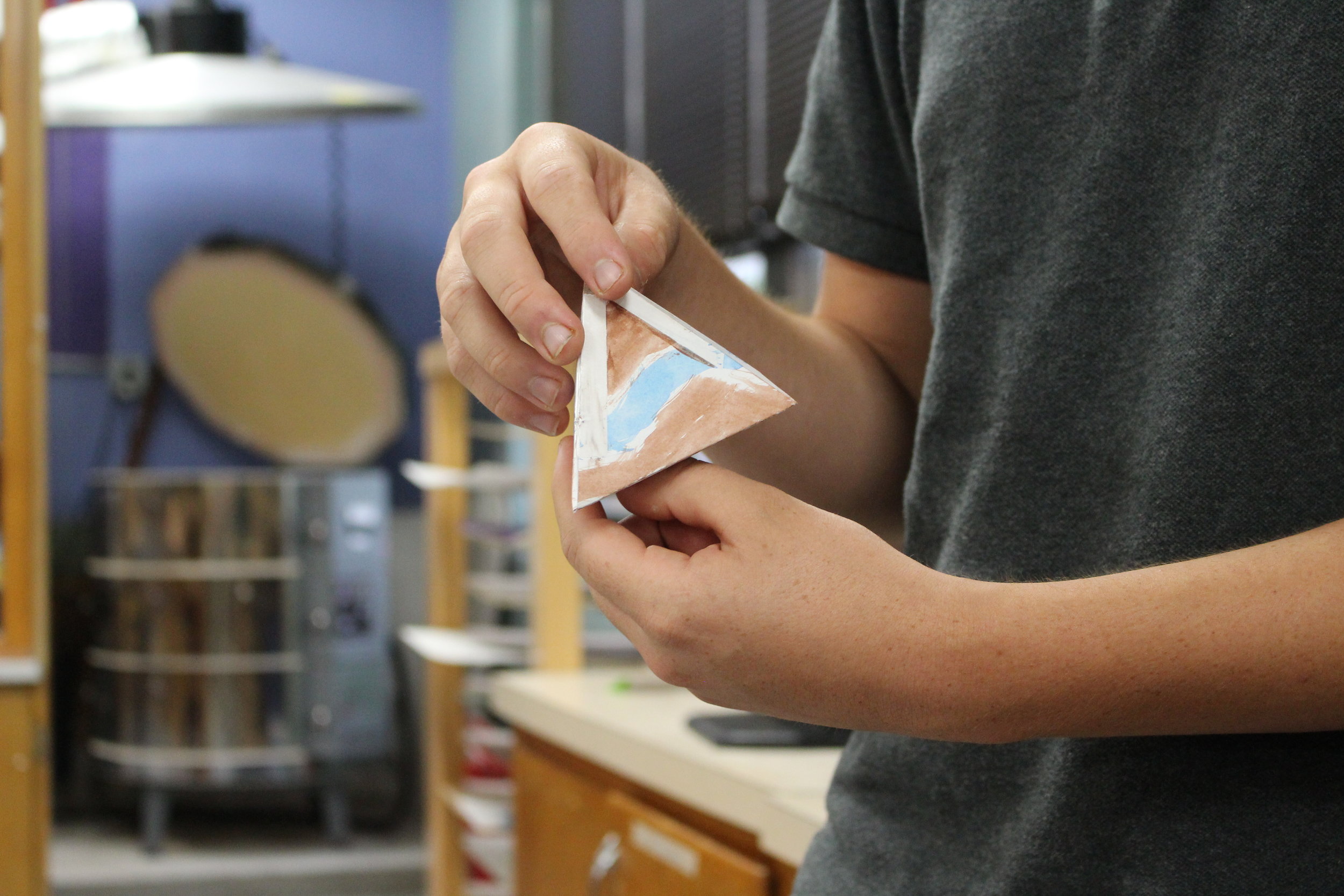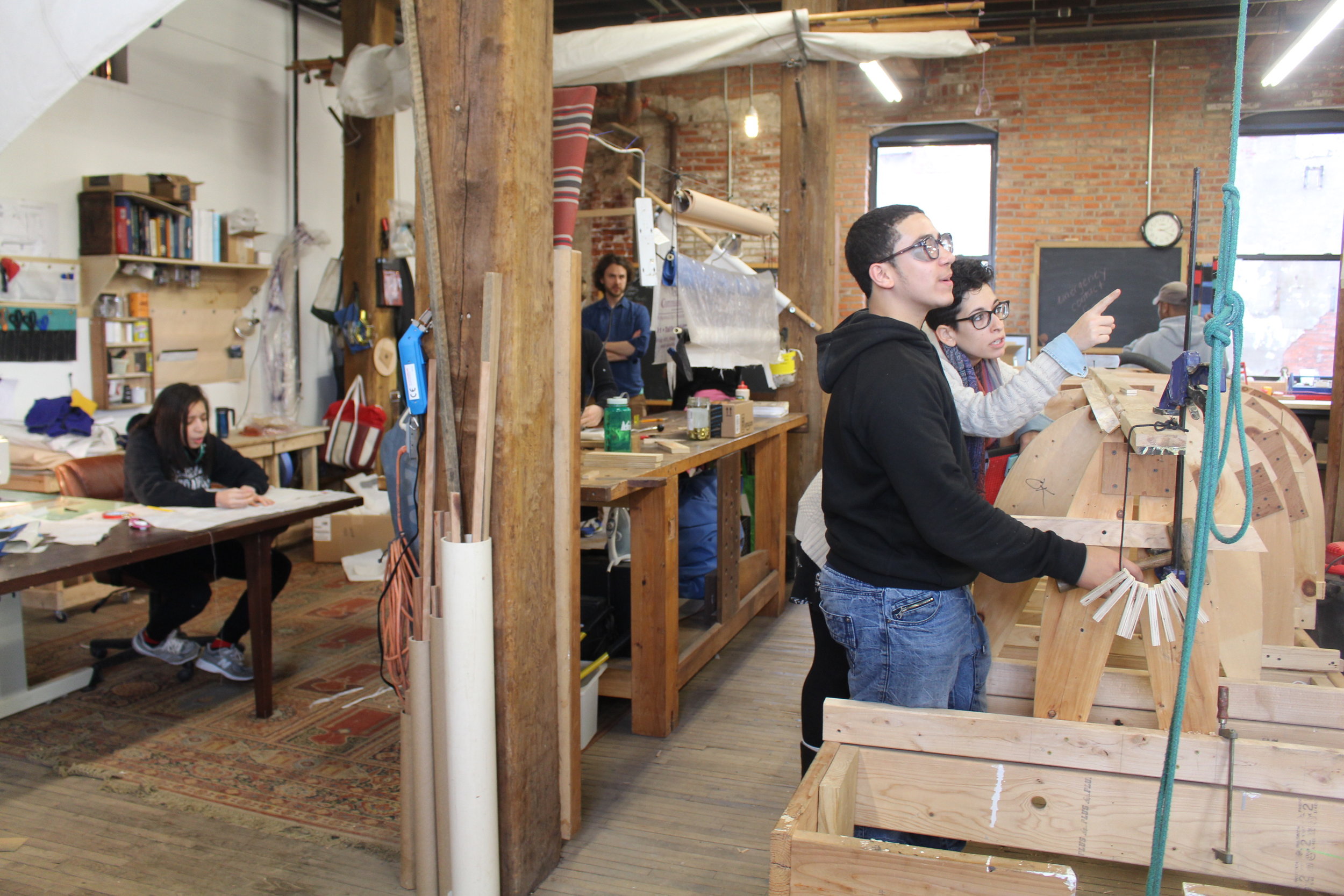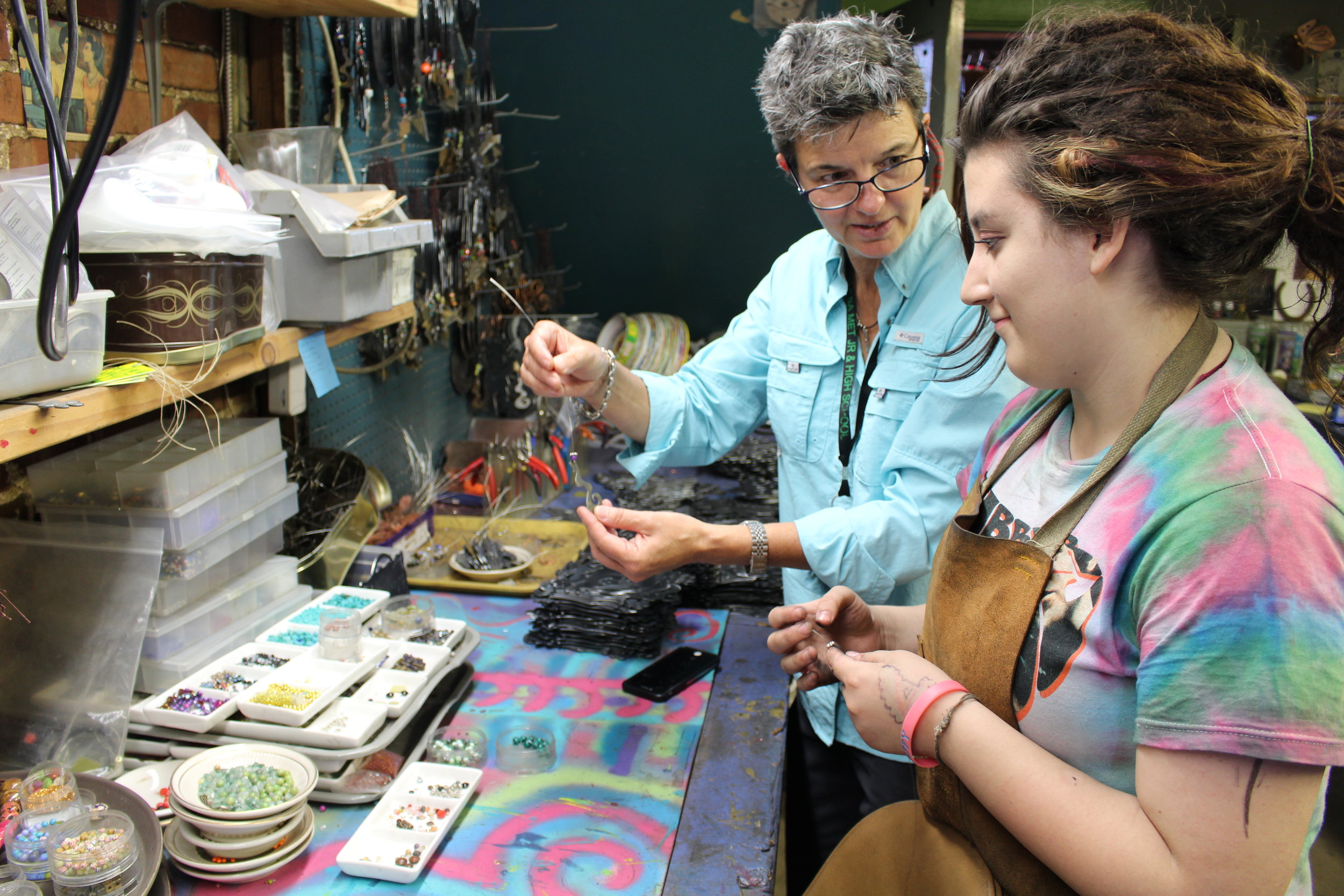






The momentum is building behind career and technical education (CTE). There are urgent demands to fill a widening skills gap, and meet the market’s growing job demand.
But again and again, one crucial piece is missing from the picture: student engagement.
In the CTE conversation, many people seem to be interested in skilled workers, but no one has stopped to consider the interests and choices of the students who become those workers.
While the number of students pursuing careers in the trades has declined in recent years, there is an overwhelming percentage of high school graduates who go into CTE-concentrated postsecondary programs and depart their field of study within two years. No one CTE-related post-secondary concentration retains even 20% of its initial enrollees (the health sciences sector does the best at 19%)
Source: “National Assessment of Career and Technical Education – Final Report to Congress”. U.S. Department of Education. 2014. P. 91. Archived at: https://www2.ed.gov/rschstat/eval/sectech/nacte/career-technical-education/final-report.pdf
We see two causes to this phenomenon.
The first: Many graduates who enroll in CTE-concentrations were never interested in those fields in the first place. As underserved populations increasingly find themselves priced out of the four-year liberal arts experience, more and more are finding that lower-cost, vocational programs are their only financially viable options. Despite these lower costs, they quickly lose interest, while accruing debt, in a field that has nothing to do with their innate passions in life.
Then there is another population of students who LOVE to work with their hands, who have dreamed of a post-secondary life in the trades—often because of the joy they’ve observed that it brings out in others. Yet somewhere along the way these students are steered toward a more traditional college experience. Perhaps due to an unfortunate conditioning in our society that places less societal value on these career pathways.
““Why is it that our educational system remains set on a narrow vision of education that yokes the same expectations around every student?” ”
Our goal isn’t to solve the nation’s perceived “skills gap” or to help prepare students for the “jobs of tomorrow”. Rather we strive to raise up the simple act of allowing students to follow their interests and pursue their passions.
And if we give students the opportunity to follow their own path, we might even see the dynamic and skilled workforce we desire, made sustainable by enthusiastic and engaged people.
Let’s not push students into post-secondary programs they have no interest in. And let’s not steer students away from crafts and trades programs they long to pursue.
Let’s help students navigate their way through multiple post-secondary paths – all different, none better.
Additional Reading:
“National Assessment of Career and Technical Education – Final Report to Congress”. U.S. Department of Education. 2014. Archived at: https://www2.ed.gov/rschstat/eval/sectech/nacte/career-technical-education/final-report.pdf
Where Have all the Low-Income Students Gone? Higher Education Today – American Council on Education. Terry Hartle. November 2015. Archived at.: http://www.higheredtoday.org/2015/11/25/where-have-all-the-low-income-students-gone/
Career and Technical Education and Federal Policy. AEI Ideas. Andy Smarick. May 2017. Archived at: https://www.aei.org/publication/career-and-technical-education-and-federal-policy/
Vocational Ed, Reborn. City Journal Magazine. Steven Malanga. 2017. Archived at: https://www.city-journal.org/html/vocational-ed-reborn-15253.html





